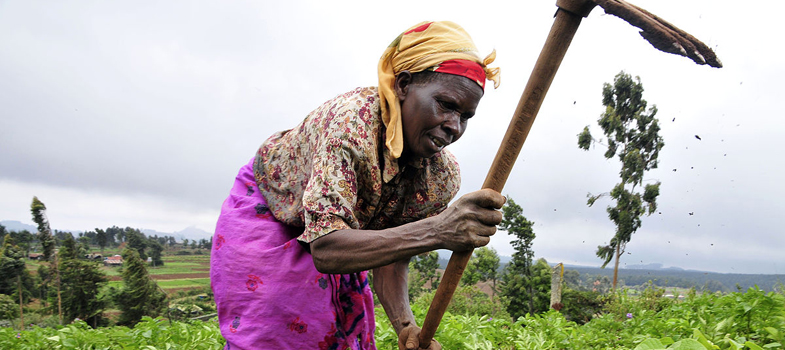1.2 How are co-operatives organised?
Co-operatives are of different types, for example:
- retail or consumer co-operatives that supply goods and services
- producer co-operatives, which usually consist of particular types of producer who come together to market their output (agricultural co-operatives being one of the most common)
- worker co-operatives where people join together in production and the joint ownership of their company
- credit unions, where members can save and borrow money (for example, Savings and Credit Co-operatives (SACCOs)).
There are also hybrid organisations that have some of the characteristics of a co-operative, such as community groups that operate co-operatively but have not set themselves up as a formal co-operative.
In general, co-operatives generally have a similar structure:
- a general assembly
- a board of directors
- a set of officers
- a committee system
- possibly some hired management and/or paid employees.
They typically also involve members buying shares – or investing – in the co-operative to provide it with working capital. Shares will be for a specified amount and/or quantity (although members may have different quantities of shares) depending on the kind of co-operative and the working capital needed.
Co-operatives are seen as the primary unit and are often organised into unions (the secondary level), which in turn may be part of a national federation or apex organisation.
1.1 What are co-operatives?
